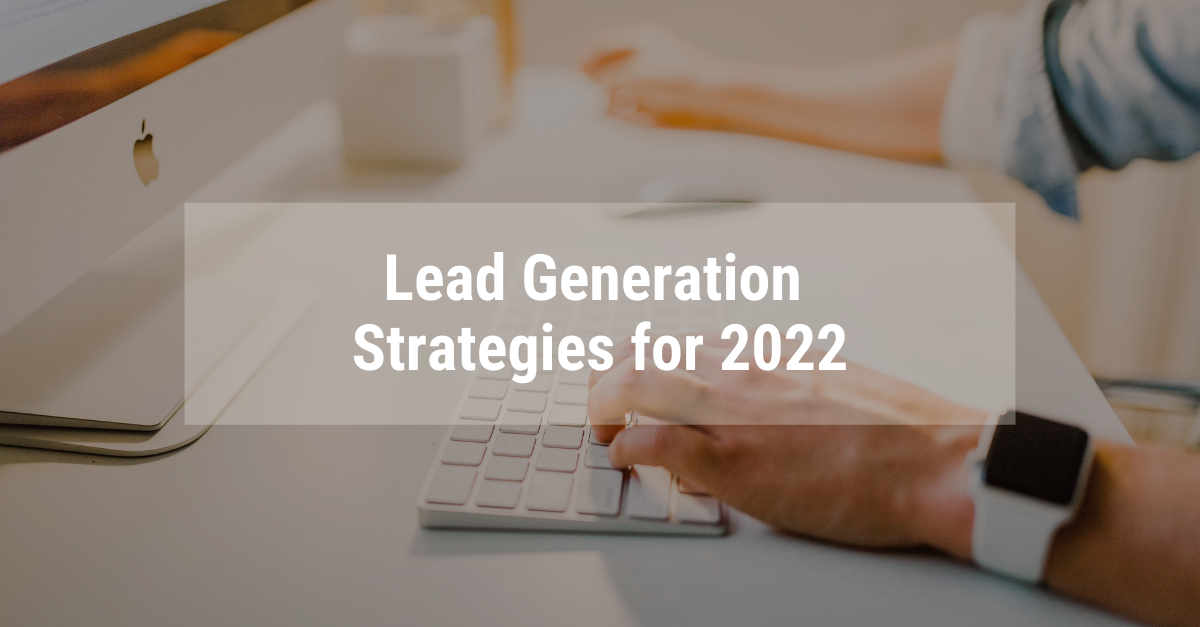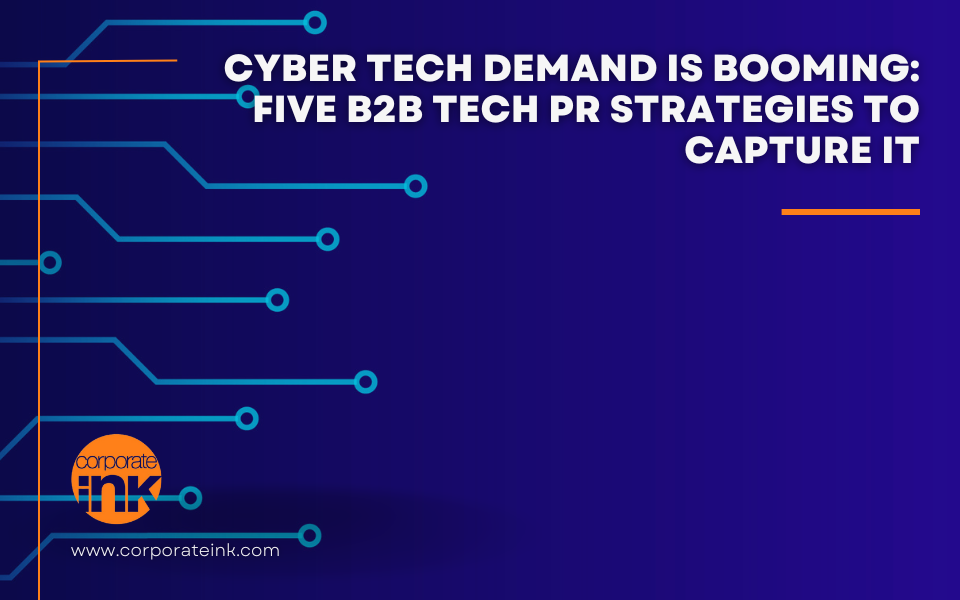
International Women’s Day: Break the Bias with Corporate Ink
March 8, 2022
Most In-Demand Marketing Skills for 2022
March 31, 2022
When it comes to business growth, marketers know the key is acquiring and nurturing leads. According to Corporate Ink’s recent pulse survey of B2B executives and marketing leaders, 76% of respondents said their top marketing priority for 2022 is lead generation. Increasing brand awareness was their second priority (48%), followed by improving pipeline conversations (36%).
Lead generation is defined as the process of attracting prospects to your business and increasing their interest through nurturing, all with the end goal of converting them into a customer. There are a lot of moving parts in lead generation strategies that work together to make it great. However, this also makes it daunting and challenging for beginners.
To help ease the stress of tackling a lead generation strategy, here are five tips to help nail down your next customer:
Gather as much information as possible on the individuals in your audience
Data is your gateway to a killer ABM strategy. Whenever it is possible to record information about your target audience and even specific people, do it. Figure out what time zone they are in so you know what time of day to reach out. Check out their Twitter account – their bio and Tweets could tell you something interesting about them. Even basic information like their age is important. All of these things are very important when reaching out to potential customers, especially if you send cold emails.
While slightly different from securing a new customer, I nurtured a specific reporter with the goal of eventually securing an interview for a client. I interacted with the reporter’s Twitter, found out we both have a green thumb and responded to some of her Tweets about it. I opened up my next pitch asking about the new indoor hydroponic gardening setup she had and then introduced my client. She now consistently responds to my emails.
Connecting with your target audience on an individual level can truly take your email-focused lead generation strategy to the next level.
Conduct A/B testing often
According to Harvard Business Review, A/B testing “is a way to compare two versions of something to figure out which performs better.”
What we think performs best or what has worked in the past may become outdated and need to be refreshed. This is why it’s important to conduct A/B testing from time to time. A/B testing is also great when your lead nurturing doesn’t seem to work and your prospects aren’t engaged.
Take email subject lines for example. Divide your email list into two groups. Send them the same email body, but with two different subject lines with two different writing styles. Then, compare the results and see which performed better. Now you know which subject line style your target audience gravitates to.
Make the most of your social media presence
In the digital world we live in, I don’t need to tell you that your social media presence is important. While this changes from industry to industry, you need to be active on the platforms your target audience is active on. And active, means a whole lot more than just posting links to relevant articles, blogs and podcasts.
This goes back to strategy #1 – knowing your audience. A company that is looking for a risk management technology provider is not going to look on Instagram. They will more than likely visit the provider’s LinkedIn page. On the other hand, for an artist who sells her work on Etsy, her audience is definitely on Instagram.
Your profiles must be worth visiting as well. If you use the same content as your email nurtures or blog, your audience will grow tired of it. Give them something new. Repurpose your content to microcontent and infographics that provide useful information to your audience about what your company has to offer.
Social also gives you an opportunity to emphasize the human side of your company. Showcase what your business does in the community and for its employees – prospects will see that you care about more than just the bottom line.
Always know your call to action (CTA)
Whatever content you’re sharing, whether it is an email, a Tweet, or a paid advertisement on LinkedIn, you must know your goal. What are you trying to get your target audience to do? Do you want them to read your blog, buy your product, schedule a demo or something else?
Once you determine your CTA, make sure it is very clear to the target audience. If the CTA isn’t obvious, your audience won’t know what to do and you won’t accomplish your goal. In fact, emails with a single CTA increase clicks by 371% and sales by 1617%.
Focus on quality over quantity
You can send out hundreds of generic direct messages or emails a week, but you’re going to yield better results if you send 10 personalized messages or emails instead. People don’t want to be a part of the mass, they want to be individuals; they want to be heard and appreciated, not just a number.
If you take the time to learn about your desired customers – aka strategy #1 – and show each individual that you care about them and their potential business, they will be more interested. According to Woodpecker, a B2B lead generation, sales and recruitment company, the average response rate of advanced personalized emails (those that included customization beyond their first name) is 17%, while emails without advanced personalized have a 7% response rate.
Check out the full report based on our recent pulse survey here: Marketing in 2022: How B2B Leaders Will Drive Growth, Impact and Performance. You can also check us out on Twitter for more tips and tricks all things public relations and marketing.







